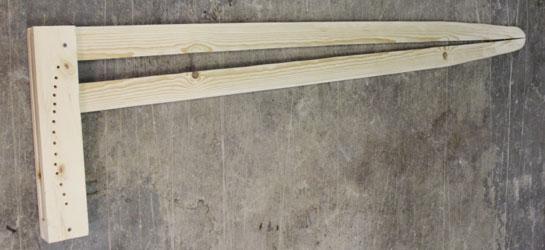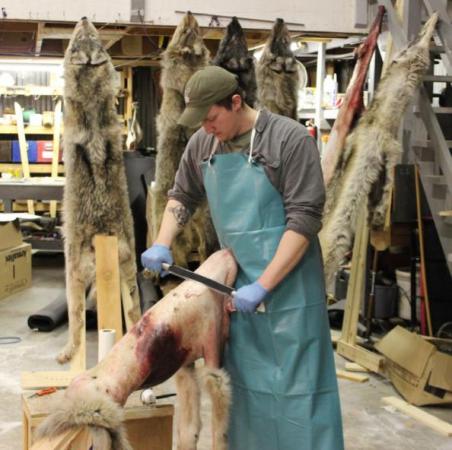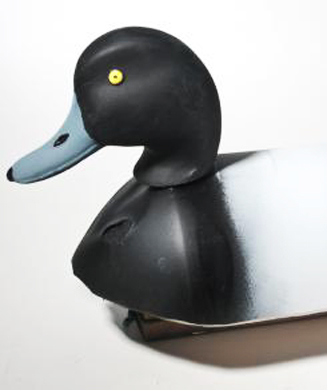I’m a firm believer that anyone who traps or hunts predators should be able to properly skin and put up their hides to sell or tan. The whole process is fairly straightforward, but it can seem daunting to a newcomer. All you need is a fleshing beam and a fur stretcher that you can make yourself, and you can start putting up your fur like a pro.
The purpose of the fur stretcher is to dry and preserve the fur, making it ready to tan. Unlike using salt, your hides will remain clean and neat. This is the standard and usually the only acceptable way fur buyers and auctions will take hides.
You can make your stretcher boards as simple or fancy as you want. A Google search will give you the proper dimensions for stretchers for everything from muskrats to wolves. I’ve made most of my stretchers (primarily fox/coyote, lynx/wolverine, and wolf) using two shaped boards with an adjustable spacer screw a few inches from the top. This is to keep the boards at the right width, depending on the size of the animal. I also make a base for the stretcher with holes in it so I can use a nail to hold the boards spread at the right width.
Stretching the hides is simple but important. After fleshing the hide, I slip it over the stretcher, skin-side out, and use fur tacks (basically oversized thumbtacks) to secure the hind legs out on the boards. For animals liked wolves and wolverines–where I’ve skinned the feet out on–I turn the paw inside out and stuff it paw full of paper towels so it will keep the hide from folding, allowing all the skin to dry. After tacking the legs down, spread the stretcher as far as you can and lock it open. I then tack the lips out on the board, and the front legs and tail out on smaller boards. The whole point is to tack everything out so that all the skin is exposed to the air.

Usually, after a few hours, the skin will be dry to the touch and ready to turn. You don’t want to let it dry too much, or you will not be able to turn the hide. Crumple the hide up like a newspaper to soften it to prevent tears. To turn the hide, push the head down through the inside of the hide, gradually working it back to fur side out. Then turn the paws right side out, making sure they are fully turned and opened up to dry completely. Finally, put the hide back on the stretcher and tack it out the same way as before, so it can continue to dry. Keep an eye on the hide, and when it’s completely dry, usually after a few days, it’s ready to go to market.









